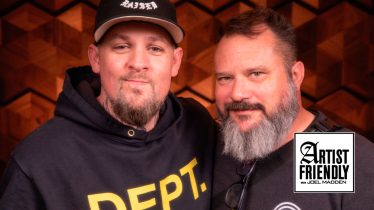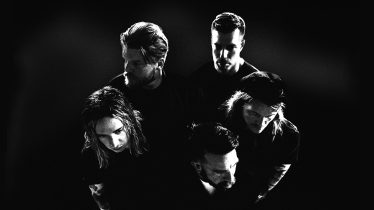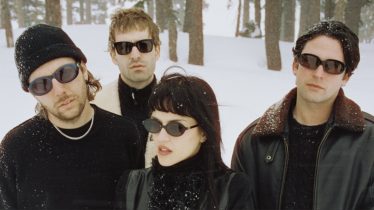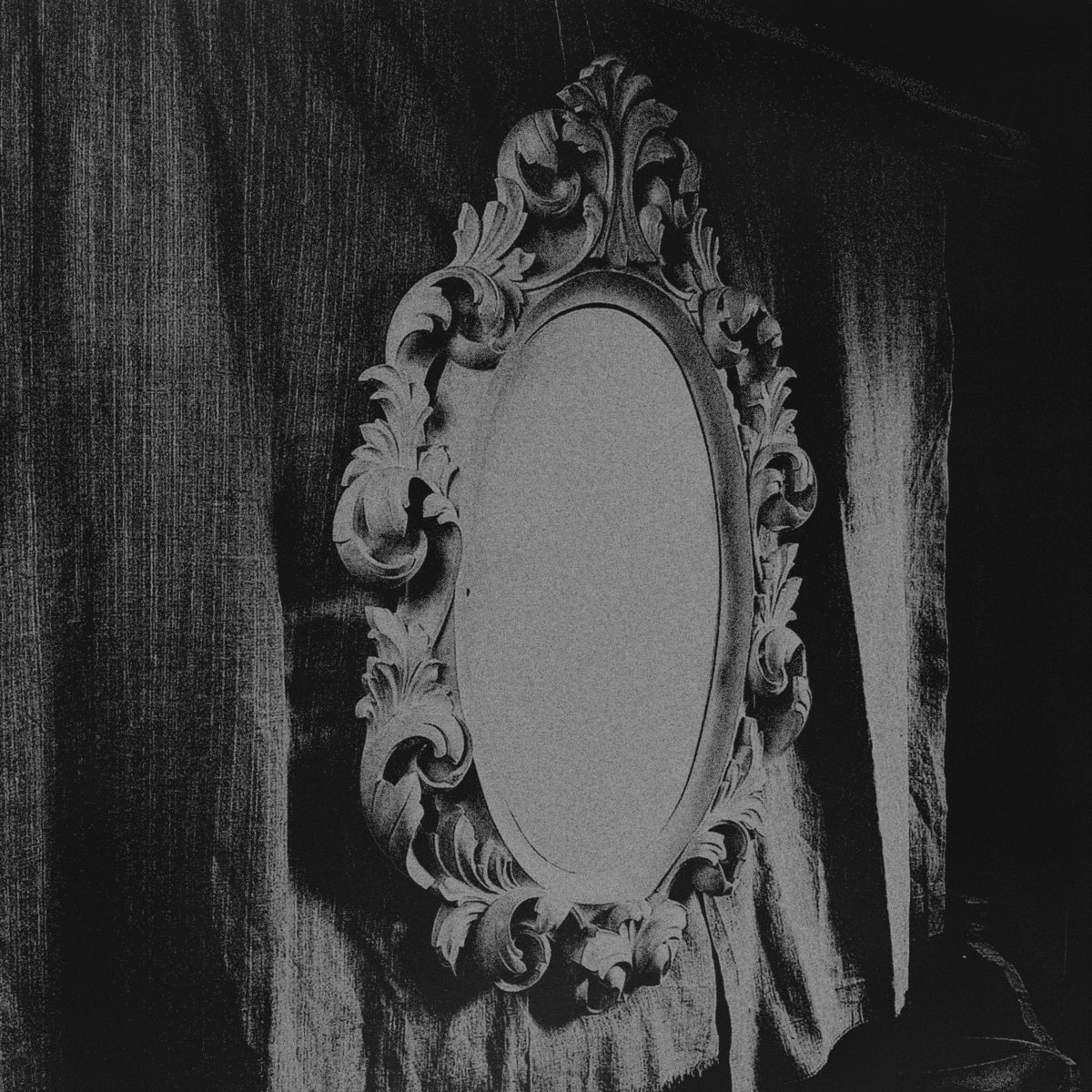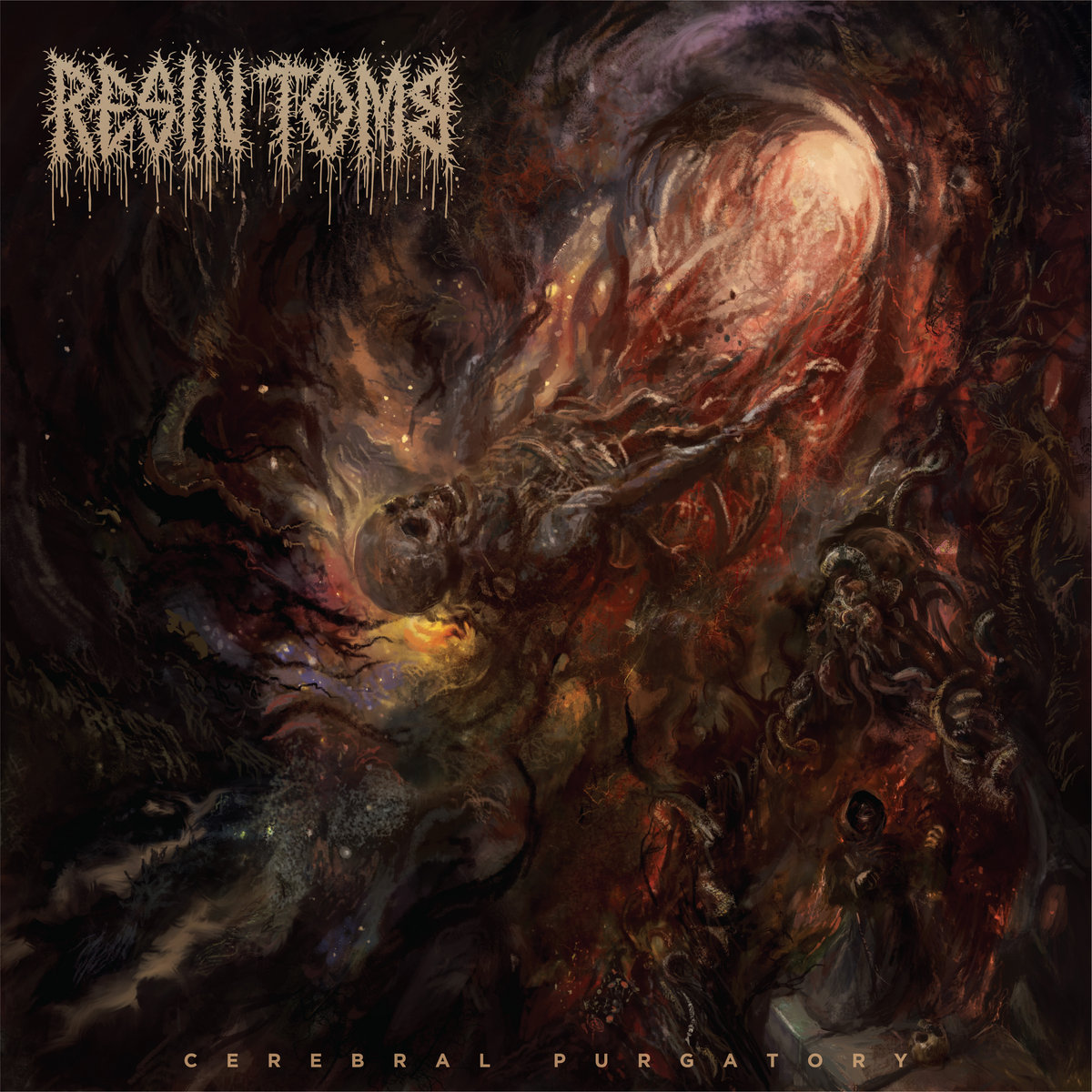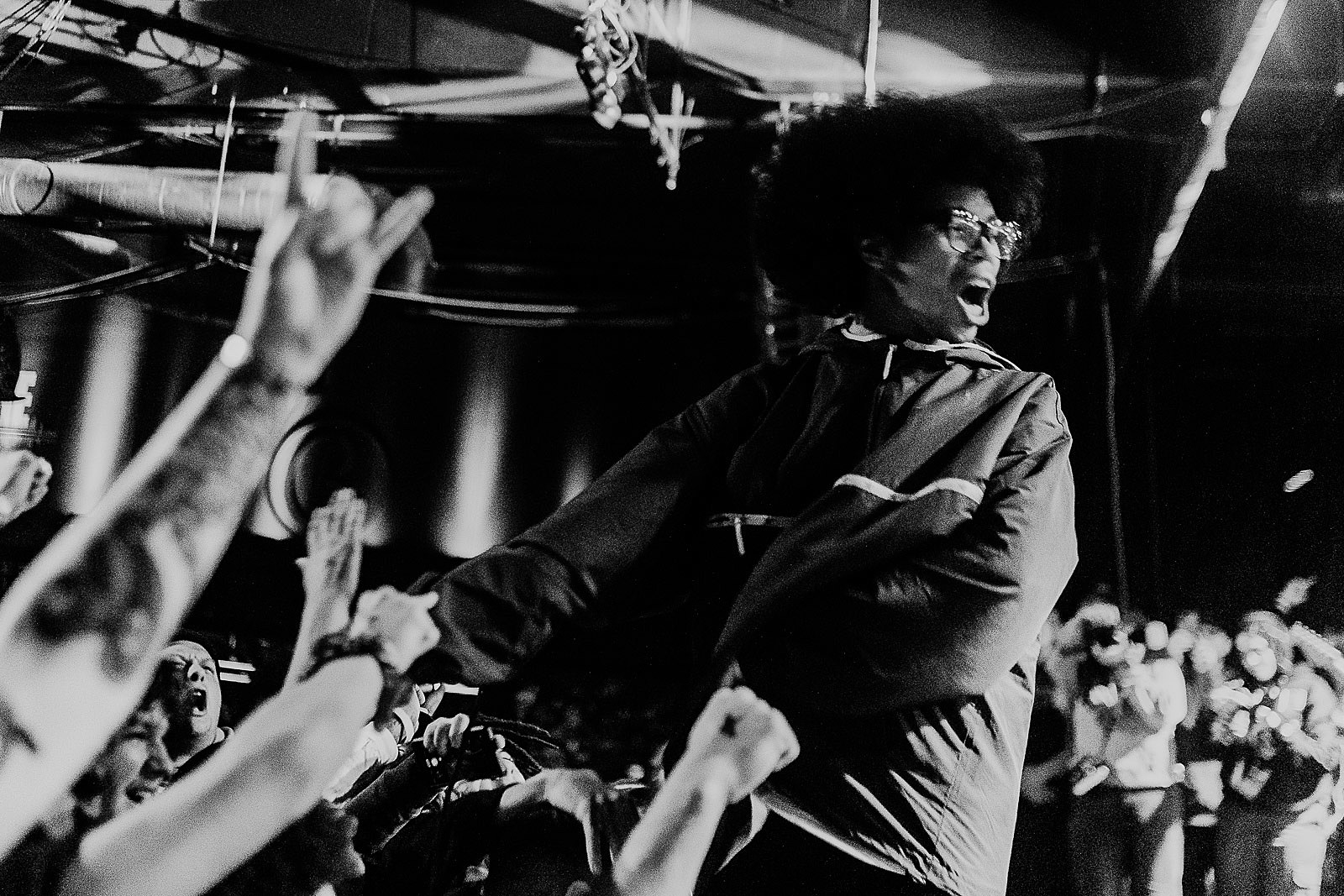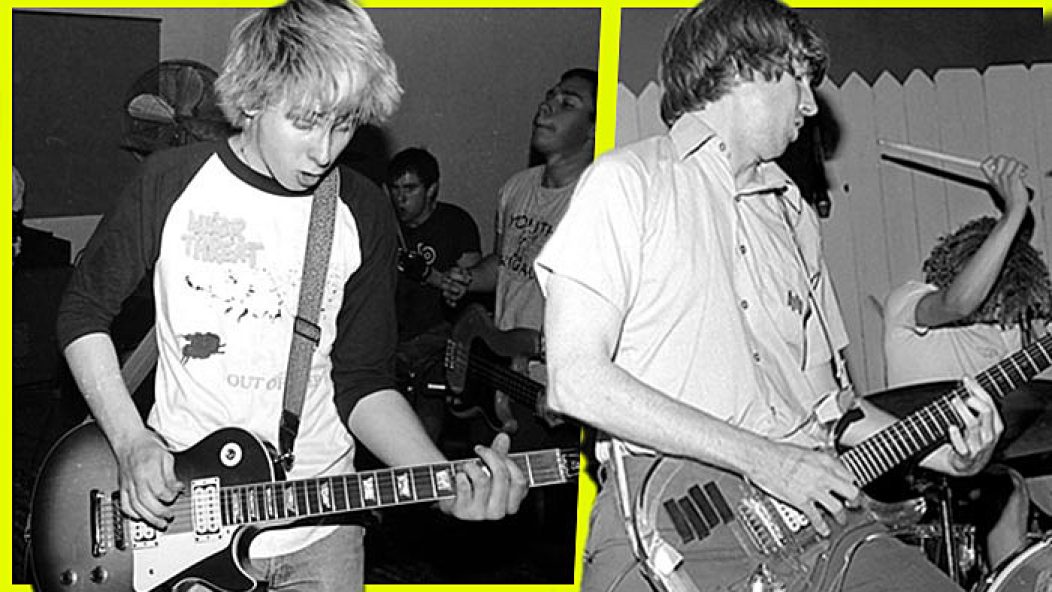
These 15 punk guitarists of the '80s set the standards for the future
Welcome to Alternative Press’ list of the 15 greatest punk guitarists of the ’80s. As the timeline shifted from the ’70s into the new decade, the music changed. Punk had morphed from stripped-down, high-speed rock ’n’ roll with a nasty attitude. It was now faster and louder than the already fast and loud sound, with the aggression factor amped up accordingly. Save for a few bands sticking to their guns and carrying on with an old-school approach, punk was now hardcore.
Harsh new tonalities were called for, as the music got noisier and uglier. Many of the guitarists had backgrounds in heavy metal or hard rock. They brought some of the lessons they’d already gleaned from, say, Black Sabbath with them into this brave, new, decidedly uncommercial world. In some cases, as they learned their instruments better, the heavy metal in their DNA became more and more evident until they eventually tilted the axis away from hardcore.
Read more: These 17 punk guitarists from the ’70s truly forged the cutting edge
Certain players were untutored geniuses, playing in interesting and/or unusual ways because no one told them that wasn’t the “proper” way to do it. Others didn’t care—they wanted to completely subvert or ignore every rock ’n’ roll cliche. They invented their own vocabulary, in some cases so unique it couldn’t be accurately imitated. Then you had the artists who took what was great from standard rock guitar and put it through punk’s overamplification, creating an exciting new sonic paradigm in the process.
The major thing these players created was the future. You name it, these ax-swingers initiated it: Grunge, speed metal, punk-pop, post-punk, alt-rock. And they did it with no commercial prospects, no reward except for a lot of hard work, sweat and sacrifice. These 15 great ’80s punk guitarists just wanted to express themselves, as loudly as possible.
Read more: There’s one ’70s-punk icon that Anti-Flag all agree is a badass
Greg Ginn
CLAIM TO FAME: Black Flag
SIGNATURE MOVE: Using a Plexiglas Dan Armstrong guitar (with a sole humbucker hardwired to his cable) and a solid state Peavey PA head for amplification, Greg Ginn unleashed a much harsher noise than rock guitar’s preferred warm, tube-driven blast. His aggressive chords were paired with a lead style that resembled a free-jazz saxophonist (say, Albert Ayler) playing heavy metal. This abrasive attack sounded like the musical equivalent of a psych patient having a violent outburst, which certainly fit the angst-ridden lyrics to the songs he wrote. His playing is undoubtedly unique. No one’s ever sounded like Ginn, before or since.
PROOF: Damaged
Billy Zoom
CLAIM TO FAME: X
SIGNATURE MOVE: Billy Zoom was truly a musician’s musician. At least a decade older than his bandmates, he’d played with everyone from soul outfits to ’50s legend Gene Vincent before forming X with bassist John Doe in 1977. He created a rootsier take on punk guitar the world at large first heard on X’s 1980 debut, Los Angeles. He may have found initial inspiration in the Ramones, but he used chords more complex than Johnny Ramone’s two barre chord positions. The solos he uncorked on his silver sparkle Gretsch Duo Jet were like rockabilly heroes Scotty Moore or Cliff Gallup joining the Sex Pistols.
PROOF: Los Angeles
Pat Smear
CLAIM TO FAME: The Germs
SIGNATURE MOVE: All the Germs’ recordings were issued 1977-1979, but seldom heard outside L.A. city limits until singer Darby Crash’s 1980 death and the underground circulation of Penelope Spheeris’ influential 1981 documentary, The Decline Of Western Civilization. This granted sole Germs LP (GI) wider distribution, affecting U.S. hardcore far and wide. But the blur-action chording and Brian May-influenced lead bursts Pat Smear played on borrowed equipment (he never owned his own guitar until the Germs’ final gig) on that full-length were beyond his self-proclaimed initial amateurism. He was certainly good enough to eventually join end-stage Nirvana, then become a charter Foo Fighter.
PROOF: (GI)
Bob Mould
CLAIM TO FAME: Hüsker Dü
SIGNATURE MOVE: What Bob Mould achieved with an Ibanez Flying V copy, an MXR Distortion +, an Eventide Harmonizer and various amplifiers was some of the decade’s most sonically interesting guitar playing, punk or not. He favored open first-position chords rather than two-string power chords to fill any cracks and crevices with full, midrange-heavy distortion. Mould achieved the overdriven chorus sound—the “bag of dimes” sound, as he called it—that became one of his trademarks with the Eventide unit. He also had an uncanny ability to peel out brief lead bursts while still holding chords. None of this was typical punk musicianship.
PROOF: Zen Arcade
Ron Emory
CLAIM TO FAME: T.S.O.L.
SIGNATURE MOVE: Ron Emory may be the most criminally underrated guitarist of all time, punk or otherwise. Like a few of the people on this list, he likely listened to the Damned a whole lot. In fact, the untrained ear might think him just a standard, undistinguished, meat-and-potatoes punk guitar slinger. But lurking somewhere inside the blitzkrieg power chords are some of the hallmarks of post-punk guitar, a la Public Image Ltd’s Keith Levene: Minimalism, repetition, the jangling, ringing barrage of harmonics. He also doesn’t seem to have a trademark guitar like most players. He’s seemingly playing a different guitar every time he’s photographed.
PROOF: Dance With Me
Brian Baker
CLAIM TO FAME: Dag Nasty
SIGNATURE MOVE: Minor Threat’s bassist proved to be D.C. hardcore’s secret six-string weapon. A brief stint in Government Issue brought Brian Baker back to the instrument on which he’s more proficient. After a brief two-guitar Minor Threat lineup and a period in the Meatmen, he got to truly display his skills in Dag Nasty. Favoring a Gibson Les Paul and the classic Marshall amp, he’s often showed his love of the Damned, though he has claimed his biggest influence was KISS’ Ace Frehley. Was the Spaceman the source of his frenzied yet melodic solos? He’s been Bad Religion’s secret weapon for many years since.
PROOF: Can I Say
Captain Sensible
CLAIM TO FAME: The Damned
SIGNATURE MOVE: Damned founder Brian James, England’s answer to the Stooges’ James Williamson, would be hard to replace. But when the band reformed six months after his exit, bassist Captain Sensible assumed Gibson SG duties and made the job his own. (He plays a Firebird in this footage, however.) Though he shared some of James’ love of the MC5’s blastulating chord work, Sensible learned to play lead copying Carlos Santana and the prog-blues-isms of the Groundhogs’ Tony McPhee. He poured bags of amphetamine sulfate atop those styles, making ’em slash and burn enough for punk. The result? He stretched and tested the music’s boundaries. And became forever remembered as a quintessential ’80spunk guitarist.
PROOF: Machine Gun Etiquette
East Bay Ray
CLAIM TO FAME: Dead Kennedys
SIGNATURE MOVE: The man formerly known as Ray Pepperell was liberated by punk. He’d played in a San Francisco show band called Cruisin’, requiring him to be conversant with rockabilly and surf guitar styles for their oldies presentation. In the Dead Kennedys, he pushed that knowledge and some considerable jazz chops through a heavily distorted Fender copy, achieving a lively, highly musical sonic signature. But where he truly distinguished himself was in the abuse of a tape echo unit, bordering on some of the lysergic experimentation of early Pink Floyd mastermind Syd Barrett. This ensured East Bay Ray stood out among the hordes of ramalama players.
PROOF: Fresh Fruit For Rotting Vegetables
Tom Lyle
CLAIM TO FAME: Government Issue
SIGNATURE MOVE: Yet another D.C. guitarist with an immense tone, garnered from a 1983 Kramer Pacer (sold to him by Baker) with a single Dimarzio Super Distortion humbucker into 100-watt Marshall stacks played loud. Lyle claimed Jimi Hendrix and Black Sabbath’s Tony Iommi as initial inspirations before Generation X’s Bob “Derwood” Andrews turned his head. This translated into the 10-foot-tall wall of overdrive powering GI’s albums, with brief bursts of rampaging leadwork that were far more melodic than the inept Van Halen-isms that marked ’80s heavy metal. Tom Lyle is truly one of ’80s punk’s greatest guitar players.
PROOF: Government Issue
John Haggerty
CLAIM TO FAME: Naked Raygun
SIGNATURE MOVE: John Haggerty and Lyle share much in common: Gigantic tower blocks of overdriven tone, short bursts of intense, melodic lead playing. Haggerty, too, began with a headful of Hendrix/Iommi/Jimmy Page/Ritchie Blackmore before hearing the Buzzcocks in the late ’70s steered him onto the punk trail. He sprayed his enormous voltage across every Naked Raygun release via a 1976 Fender Strat with a single Dimarzio Super Distortion humbucker, jacked into a 100-watt Hiwatt and a Marshall 4×12 cabinet. Haggerty helped turn ’80s punk away from hardcore’s need for speed toward a balance of power and tunefulness. Did we mention he’s also a classic ’80s punk guitarist?
PROOF: Jettison
Dr. Know
CLAIM TO FAME: Bad Brains
SIGNATURE MOVE: Dr. Know was hardly your average monochromatic punk basher. Bad Brains were one of the earliest bands to accelerate basic punk into the warp-speed velocity that marked hardcore. Due to their origins playing jazz and funk, they had the chops to be precise—the beat never wavered, never got blurry. The former Gary Miller unleashed blistering flurries of notes, with riffs heavy enough to be worthy of Black Sabbath, except played at 1,000 mph. In many ways, this made Dr. Know the first speed-metal guitarist. Yet, he had a strong enough sense of dynamics to play whisper-quiet reggae when necessary. All the hallmarks of a classic ’80s punk guitarist.
PROOF: Rock For Light
Rowland S. Howard
CLAIM TO FAME: The Birthday Party
SIGNATURE MOVE: The thinking man’s Johnny Thunders, Rowland S. Howard could either be beautiful or devastatingly vicious. He had one of the most gorgeous tones to emerge from art-punk or post-punk—however you care to classify truly frightening Australians the Birthday Party. It was thick and juicy, delivered via an antique Fender Jaguar and a Fender Twin Reverb amp dialed to be trebly as hell, full of this malicious spaghetti Western reverb. With these tools and only two pedals, an MXR Distortion + and a Blue Box, he subverted the sound and structure of rock ’n’ roll, using the tools of the music against itself. One of the greatest ’80s punk guitarists and still ruling the next 100 years or so…
PROOF: Junkyard
Rikk Agnew
CLAIM TO FAME: The Adolescents
SIGNATURE MOVE: From the moment he appeared on the scene with tuneful Orange County punks the Adolescents, Rikk Agnew truly stood out. He sounded like someone who had been playing in hard-rock bands for years. He had a dynamic sense of structure that shined on their debut album, especially “Kids Of The Black Hole.” What stood out was his usage of melodies composed of octaves played up and down the neck, which he most certainly picked up from Cheap Trick’s Rick Nielsen. It became his trademark, one that every future punk-pop act would ride till it became a genre cliche.
PROOF: Adolescents
D. Boon
CLAIM TO FAME: Minutemen
SIGNATURE MOVE: The San Pedro agit-prop punk-funk trio sounded like no one else, not even the scratchy U.K. post-punk acts who likely inspired them, a la Gang Of Four. D. Boon had a decidedly thin, scratchy sound, deliberately intended to stand out from other punk bands’ fat roar. If anything, he had the “chank” of one of James Brown’s six-stringers, say, Jimmy Nolen. He was capable of fluid soloing, likely from his and bassist Mike Watt’s years of copying heavy-metal records, especially those of Blue Öyster Cult. But Boon’s playing was never wanky. Like Minutemen themselves, he was always tight, lean and economical. An unforgettable ’80s punk guitarist.
PROOF: Double Nickels On The Dime
Tim Kerr
CLAIM TO FAME: Big Boys, Poison 13
SIGNATURE MOVE: Guitar engine of two of Austin, Texas’ prime punk acts—the funk-inspired hardcore band Big Boys, then the garage-punk Poison 13—Kerr already stood out by being a finger-picker, stemming from his folk background. His Fender Jazzmaster could be as gritty as any post-punk guitarist, but he could also howl with authority on more hardcore numbers. With Poison 13, he switched to a Plexiglas Dan Armstrong, amped up the distortion and dialed in a fatter sound. At its fuzziest, Kerr’s Poison 13 tone presaged the murky grind embraced by all future grunge bands. He is absolutely a classic ’80s punk guitarist and an unsung sonic genius.
PROOF: Lullabies Help The Brain Grow (Big Boys); First You Dream (Poison 13)
